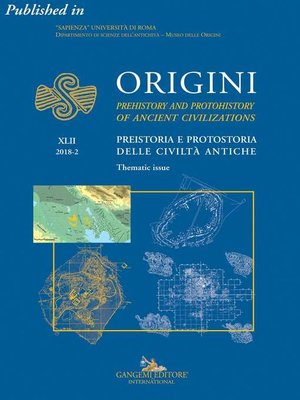Population, scale, and the framing of long‑term history
ebook ∣ Published in Origini n. XLII/2018. Rivista annuale del Dipartimento di Scienze dell'Antichità – "Sapienza" Università di Roma | Preistoria e protostoria delle civiltà antiche – Prehistory and protohistory of ancient civilizations
By Gary M. Feinman

Sign up to save your library
With an OverDrive account, you can save your favorite libraries for at-a-glance information about availability. Find out more about OverDrive accounts.
Find this title in Libby, the library reading app by OverDrive.



Search for a digital library with this title
Title found at these libraries:
| Library Name | Distance |
|---|---|
| Loading... |
Over the past 70 years, knowledge of the archaeological past has expanded geometrically, enhanced by new methodologies and evolving frameworks. The career and contributions of Robert McC. Adams spurred and spanned this era, as a champion of regional settlement pattern survey in Southwest Asia and an innovative and eclectic theoretician. Spurred initially by the cultural ecology paradigm, Adams rapidly eclipsed it, promoting greater focus on networks of human social relations, multiscale analyses, and more macro-frames for the examination of deep historical records of change. Here, we draw on the findings from two large systematically surveyed regions, the Valley of Oaxaca, Mexico, and southeastern coastal Shandong, China, to illustrate empirically the wisdom of Adams' perspectives for understanding millennial-long records of demographic and political economic transition across these two extensive preindustrial landscapes.







